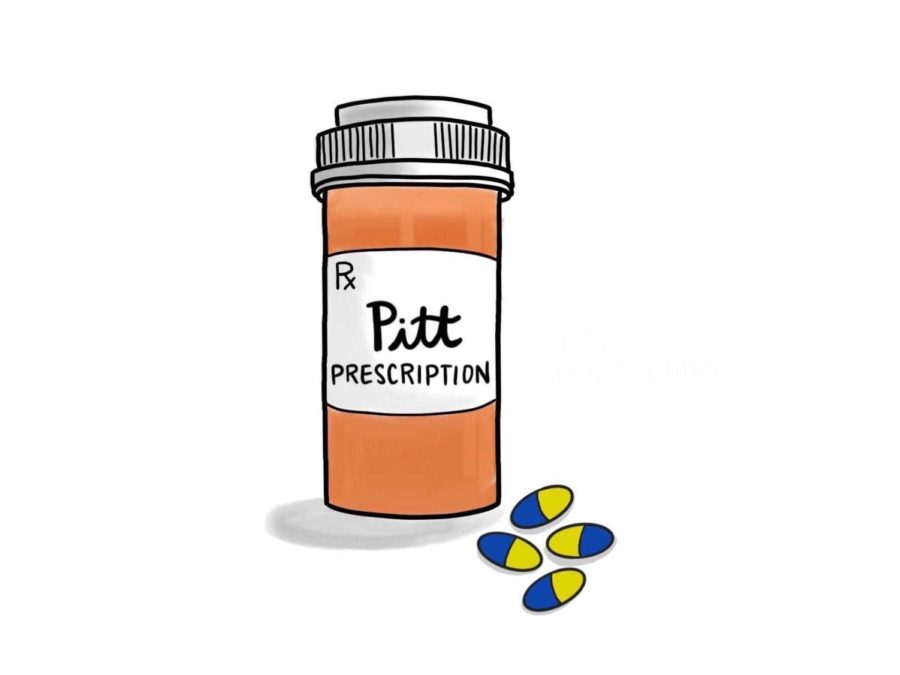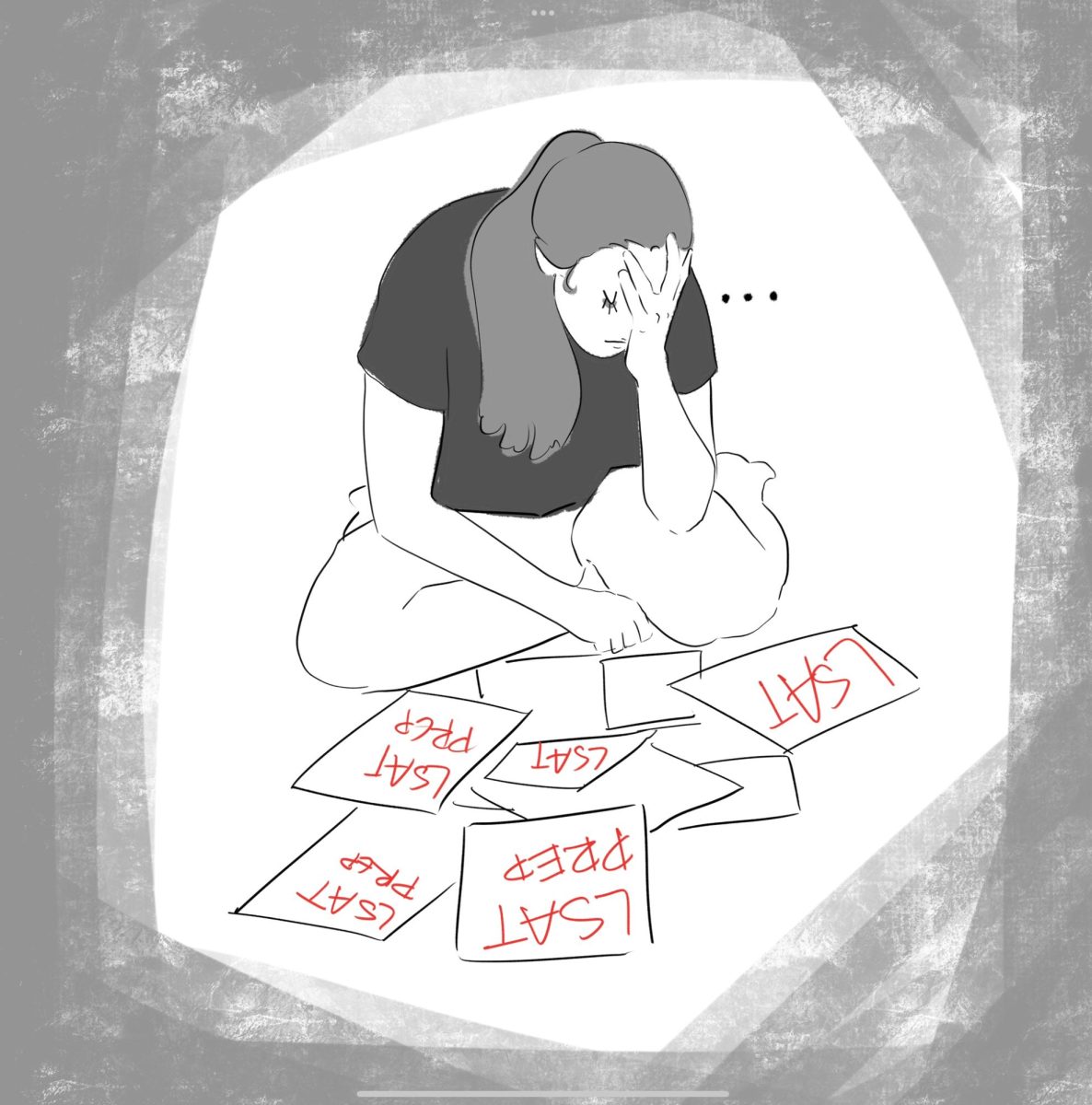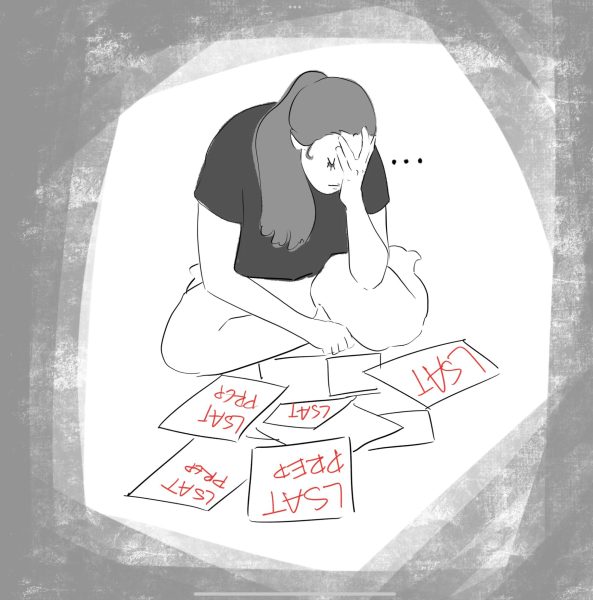The Pitt Prescription | My experience getting the Moderna COVID-19 vaccine
The Pitt Prescription is a biweekly blog where student pharmacist and senior staff writer Elizabeth Donnelly provides tips on how to stay healthy in college. This edition was reviewed by Karen S. Pater, Pharm.D, CDCES, BCACP.
Shruti Talekar | Contributing Editor
The Pitt Prescription
February 15, 2021
At the end of December, I received an email telling me that it was my turn to get vaccinated. I work as a pharmacy intern at UPMC Children’s Hospital of Pittsburgh, and we were the first hospital in the City to get and administer the COVID-19 vaccine.
I remember feeling incredibly grateful that I was one of the lucky health care workers who would receive the vaccine that early. I jumped at this opportunity and got my first dose scheduled for the following day — Dec. 29, 2020. I received the Moderna vaccine, which was granted Emergency Use Authorization by the Food and Drug Administration on Dec. 18, 2020.
[Read more about the Moderna and Pfizer-BioNTech vaccines here.]
I kept a detailed record of any sort of side effects I experienced and how I felt once I received my injection. I am one of the lucky people who didn’t experience any intense side effects, which goes to show that the vaccine has a variable effect on different people’s bodies. For any side effects experienced after vaccination, the Centers for Disease Control and Prevention developed V-safe, a smartphone-based tool that provides individualized health check-ins and allows you to report any side effects you experienced.
I received the vaccine at 3:15 p.m. at the clinic at Children’s Hospital. It was a quick process, taking about five minutes total from check-in to injection. Then, I was moved to the monitoring station, where chairs were set out 6 feet apart for those who received the vaccine. I got monitored for 15 minutes and then I was free to go. It is recommended to monitor everyone getting the vaccine for at least 15 minutes, just in case they experience any immediate adverse reactions. Anybody with a history of allergic reactions to vaccines should be monitored for 30 minutes to ensure their safety.
After receiving my vaccine and leaving the monitoring station, my arm was a bit sore at the injection site, but this went away after 30 minutes. Overall I felt fine the day of my vaccine, but my arm started to develop some soreness toward the evening, right before I went to sleep.
The next day, I woke up with very severe muscle soreness — worse than I had experienced with any other vaccination before. I took ibuprofen, which helped alleviate the soreness significantly. Later that same day, I started to experience a mild headache and my arm soreness returned. My arm also started to show a bit of an injection-site reaction, with redness, swelling and soreness. I felt pretty tired overall and took several naps throughout the day.
Two days after receiving the vaccine, my arm was still sore, but it was improving. Additionally, the redness at the injection site spread a little bit and my arm felt hard to the touch, as if there were something under my skin (there wasn’t anything there, it was just the muscle hardening). I didn’t experience any more headaches, but I still felt a bit more tired than usual throughout the day. None of these symptoms stopped me from functioning as I normally did.
On the third day after receiving the vaccine, all of my symptoms cleared up. My arm soreness, the redness and swelling at the injection site and the fatigue all went away, and I felt like I was completely back to normal. I didn’t experience any other side effects for several days.
On Jan. 7, about a week after getting the vaccine, the redness and swelling at the injection site returned. It was more significant this time and it also itched — however, there was no pain. This stayed for about 24 hours and then disappeared again, and it never returned after this instance.
I have heard several people tell me they experienced something similar after getting the Moderna vaccine — a delayed immune response about a week after that included this redness, swelling and itchiness at the injection site. I spoke with my doctor and he told me that it was a normal immune response and nothing to be worried about. This redness is not considered a “rash” — it is considered a localized injection-site reaction. The difference between this type of reaction and a rash is that rashes often cover a larger portion of the body and would not be localized to where you received your vaccination. With vaccines, rashes are typically considered allergic reactions, whereas injection-site reactions are not.
It’s important to note that side effects, like injection-site reactions, nausea, vomiting, etc. are not the same thing as allergic reactions, which usually consist of anaphylaxis. The CDC recommends that patients who are allergic to any ingredients in the vaccine or who had an allergic reaction to their first vaccine dose should not get the vaccine — or second dose — unless told otherwise by a doctor. If you experience side effects, that doesn’t preclude you from getting the second dose of the vaccine.
Many people confuse their severe side effects with allergic reactions, but it is important that you understand the differences between the two so that you follow the vaccine dosing that is right for you.
I experienced pretty minor side effects with my first dose, but was told to be prepared for a worse reaction after my second immunization. It is theorized that people experience more/worse side effects after their second dose because there is an increased immune response after the second dose of the vaccine. Anecdotally, many of my peers have experienced chills, fever, headaches, body aches and extreme fatigue after their second doses. I, on the other hand, experienced not a single side effect my second time around other than a sore arm and some fatigue the day after my shot.
I received my second dose of the Moderna vaccine in the clinic at Children’s Hospital on Jan. 27 at 1:30 p.m. I was prepared for the worst, but I really only had muscle soreness and fatigue the day after my shot. After getting a good night’s sleep, I felt completely fine, and it’s now been almost two weeks since I got that shot (at the time of writing), and I haven’t experienced any other side effects, including the injection-site reactions I had the first time around.
It takes about two weeks after the second dose of either EUA COVID-19 vaccine for the vaccine to exert its maximum effects. Once you are vaccinated, it does not mean it’s a free-for-all and that things can return back to normal. I know this is not what people want to hear, myself included, but the CDC recommends continuing to wear masks and social distancing even after you are fully vaccinated. With all of the new variants and the ever-evolving state of the virus, the CDC says experts need to understand more about the protection offered by the COVID-19 vaccines before they can recommend that people stop wearing masks or socially distancing.
Additionally, it remains unknown if getting vaccinated will prevent you from spreading the virus to other people, which means that even if you don’t get sick yourself, you may still potentially give it to someone else and cause them to get sick. At the time of publication, the CDC is still recommending that everyone, including fully vaccinated individuals, wear a mask over their nose and mouth, keep a distance of at least 6 feet between themselves and others, avoid crowds, avoid poorly ventilated spaces and wash their hands often.
As we approach the one-year anniversary of the pandemic, I understand the frustration with having to continue to take these precautions. However, as of right now, they are the only way we can curb the spread of the virus and keep as many people alive and healthy as possible. I am fully vaccinated and I am extremely grateful, but I will continue to wear a mask and act in a safe manner.
Elizabeth writes primarily about self-care and pharmacological topics. You can reach her at [email protected].








